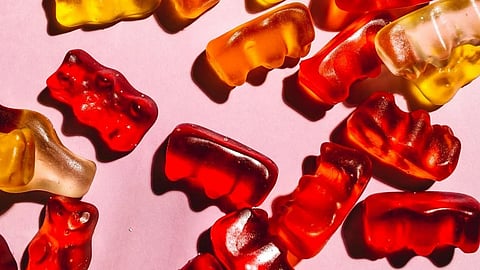Foods and Products Affected:
According to the CSPI, Red Dye No. 3 is present in over 9,200 food products in the U.S., including:
Additionally, some over-the-counter and prescription medications, such as acetaminophen (pain relievers), fluoxetine (antidepressants), gabapentin (anticonvulsants), and omeprazole (heartburn treatments), contain the dye.
Industry and Advocacy Responses:
Consumer advocacy groups have praised the FDA’s decision, with Dr. Peter Lurie of CSPI applauding the move as a long-overdue correction to regulatory inconsistency. He noted the irony of banning Red Dye No. 3 in cosmetics while allowing its use in children’s candies and other foods. However, some industry groups, such as the International Association of Color Manufacturers, argue that the dye is safe at levels typically consumed by humans. These groups cite studies by global organizations, including the World Health Organization, which have deemed the dye safe under certain conditions.
Legal and Global Context:
The FDA’s decision could face legal challenges from food manufacturers, as evidence linking Red Dye No. 3 to cancer in humans remains inconclusive. FDA Commissioner Dr. Robert Califf has acknowledged the likelihood of court battles over the ban.
Globally, the regulation of Red Dye No. 3 varies. It is already banned for food use in Europe, Australia, and New Zealand, except in specific applications like certain cherries. California plans to implement its own ban starting in January 2027, and other states, such as Tennessee, Arkansas, and Indiana, have proposed restricting artificial dyes in foods served in public schools.
Looking Ahead:
The FDA’s decision marks a significant step in addressing concerns over artificial food additives and may signal further scrutiny of other synthetic dyes, such as Yellow No. 5 and Blue No. 1. While some manufacturers have already begun reformulating products using natural alternatives like beet juice, carmine, and extracts from red cabbage or radishes, the broader industry must adapt to meet the new requirements.
This ban reflects growing awareness of the potential health risks associated with artificial additives and a commitment to prioritizing consumer safety in the U.S. food supply.
Reference:
U.S. Food and Drug Administration. "FDA to Revoke Authorization for Use of Red No. 3 in Food and Ingested Drugs." Accessed January 4, 2025. https://www.fda.gov/food/hfp-constituent-updates/fda-revoke-authorization-use-red-no-3-food-and-ingested-drugs.
(Input from various sources)
(Rehash/Sai Sindhuja K/MSM)


